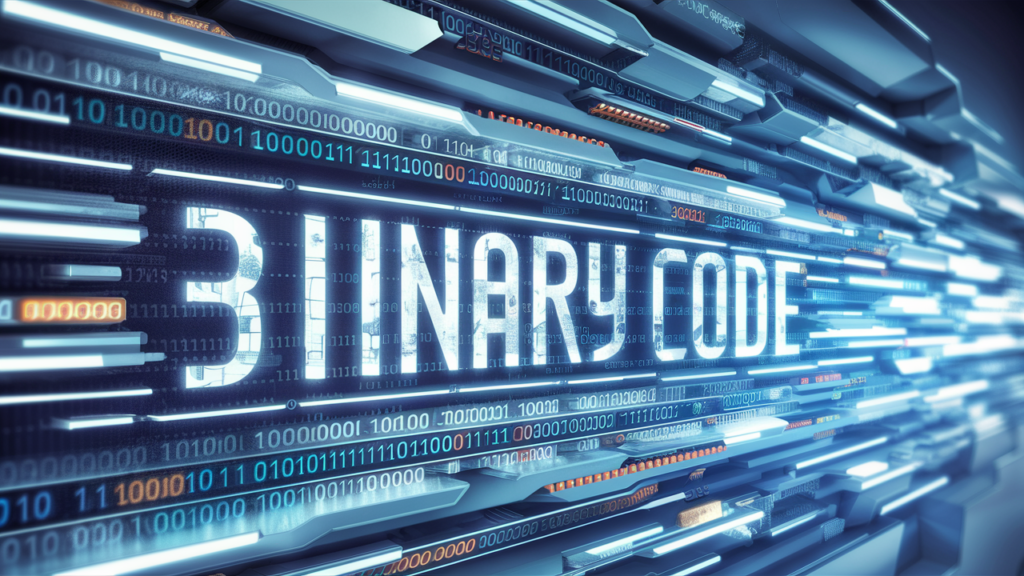Introduction to Binary Code
Binary code is the fundamental language of computers and digital systems, serving as the backbone of all digital communication and computation. At its core, binary code consists of just two digits: 0 and 1, also known as binary digits or “bits.” This might seem simplistic, but this binary system’s elegance and efficiency have made it the foundation of modern computing.
Why is Binary Code Important?
Binary code is crucial because:
- It perfectly matches the physical limitations of computer hardware
- It’s highly efficient for digital processing
- It reduces the possibility of errors in data transmission
- It forms the basis for all digital communication
Understanding the Binary Number System
The binary number system is a base-2 numeral system, unlike our everyday decimal system (base-10). Each digit in a binary number represents a power of 2, starting from the rightmost digit and increasing as we move left.
Binary to Decimal Conversion
For example, the binary number 1101 is calculated as: 1 × 2³ + 1 × 2² + 0 × 2¹ + 1 × 2⁰ = 8 + 4 + 0 + 1 = 13 (decimal)
Need to convert numbers to binary? Try our Decimal to Binary Converter.
How Binary Code Works
Binary code works through a system of electrical signals within computer circuits. When a circuit is powered (on), it represents a 1; when it’s not powered (off), it represents a 0. This simple on/off system allows computers to:
- Store data
- Process information
- Execute commands
- Communicate with other devices
Binary Data Storage
Binary code stores different types of data through various encoding systems:
- Text: Using ASCII or Unicode standards
- Numbers: Through direct binary representation
- Images: Via pixel color values
- Audio: Through digital sampling
Applications of Binary Code
Binary code is used extensively in:
- Computer Programming
- Machine code execution
- Low-level programming
- Data storage and retrieval
- Digital Communications
- Internet data transmission
- Mobile communications
- Satellite signals
- Digital Media
- Image processing
- Audio encoding
- Video compression
Converting Between Binary and Other Formats
Understanding binary conversion is crucial for programming and digital systems work. Here are our specialized tools to help you with different conversions:
- Text to Binary Converter
- Binary to Text Converter
- HEX to Binary Converter
- Binary to HEX Converter
- ASCII to Binary Converter
- Binary to ASCII Converter
- Binary to Decimal Converter
Practical Examples
Let’s look at some practical examples of binary code in action:
Text to Binary
The word “Hi” in binary: H = 01001000 i = 01101001
Numbers to Binary
The number 15 in binary: 15 = 1111
Colors in Binary
Red in RGB binary: Red = 11111111 00000000 00000000
FAQs About Binary Code
Q: Why do computers use binary code? A: Computers use binary code because it’s the most efficient way to represent and process data using electronic circuits that can only be in one of two states: on or off.
Q: How is binary code different from other number systems? A: Binary code uses only two digits (0 and 1) compared to decimal (0-9) or hexadecimal (0-9 and A-F) systems, making it perfect for electronic implementation.
Q: Can humans read binary code? A: While humans can learn to read binary code, it’s primarily designed for machine processing. Tools like our converters make it easier to work with binary code.
Conclusion
Binary code remains the foundation of modern computing and digital communication. Whether you’re a student, programmer, or technology enthusiast, understanding binary code is crucial for grasping how computers work at their most fundamental level.






